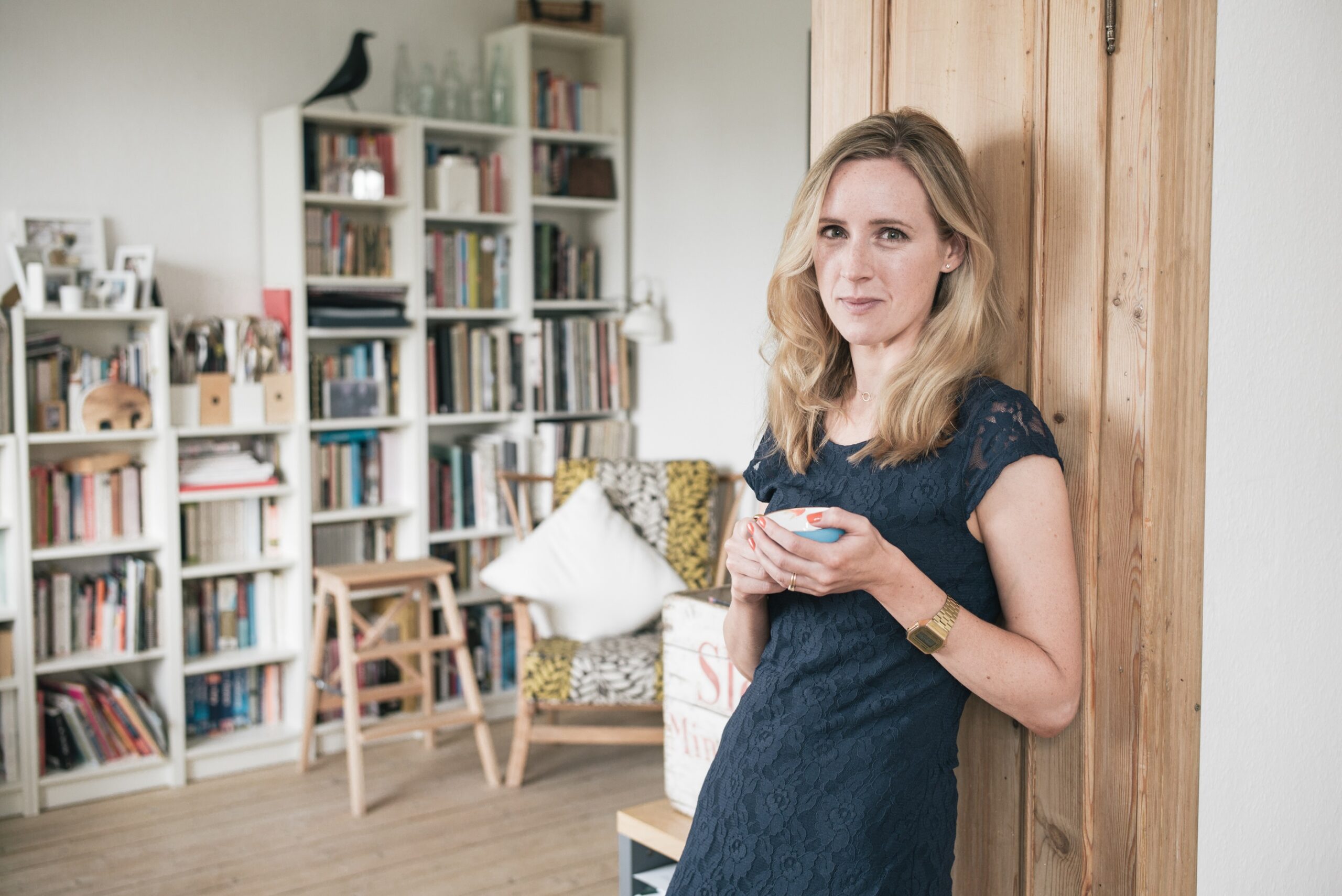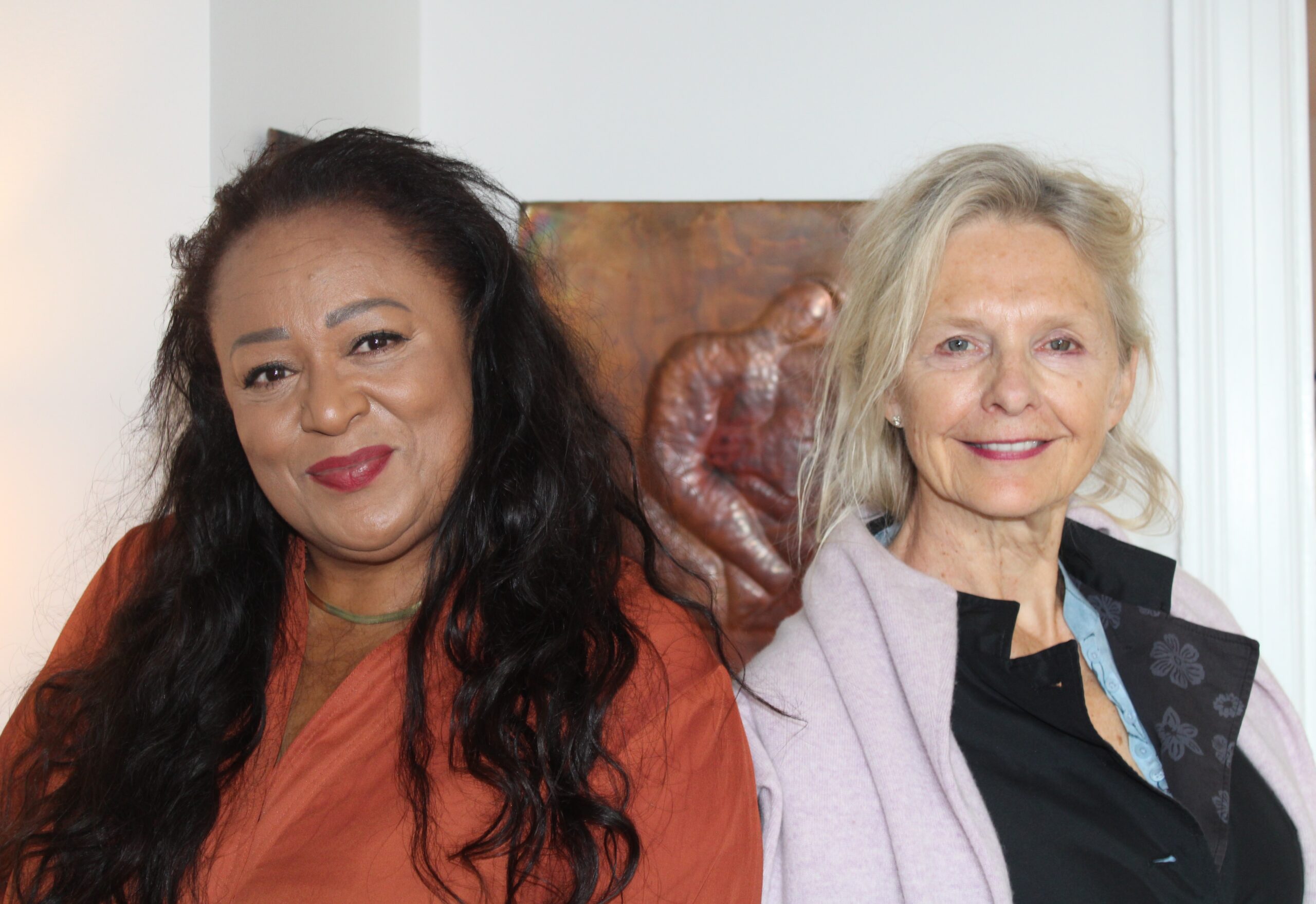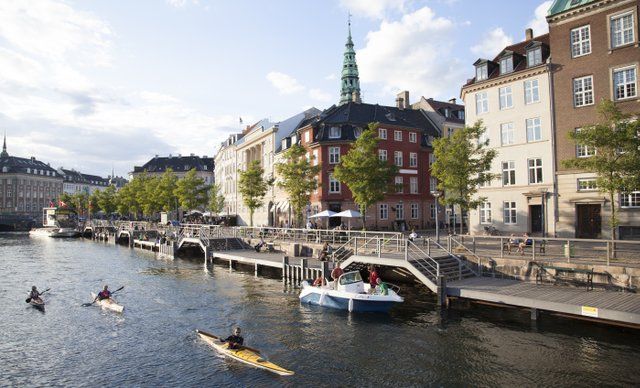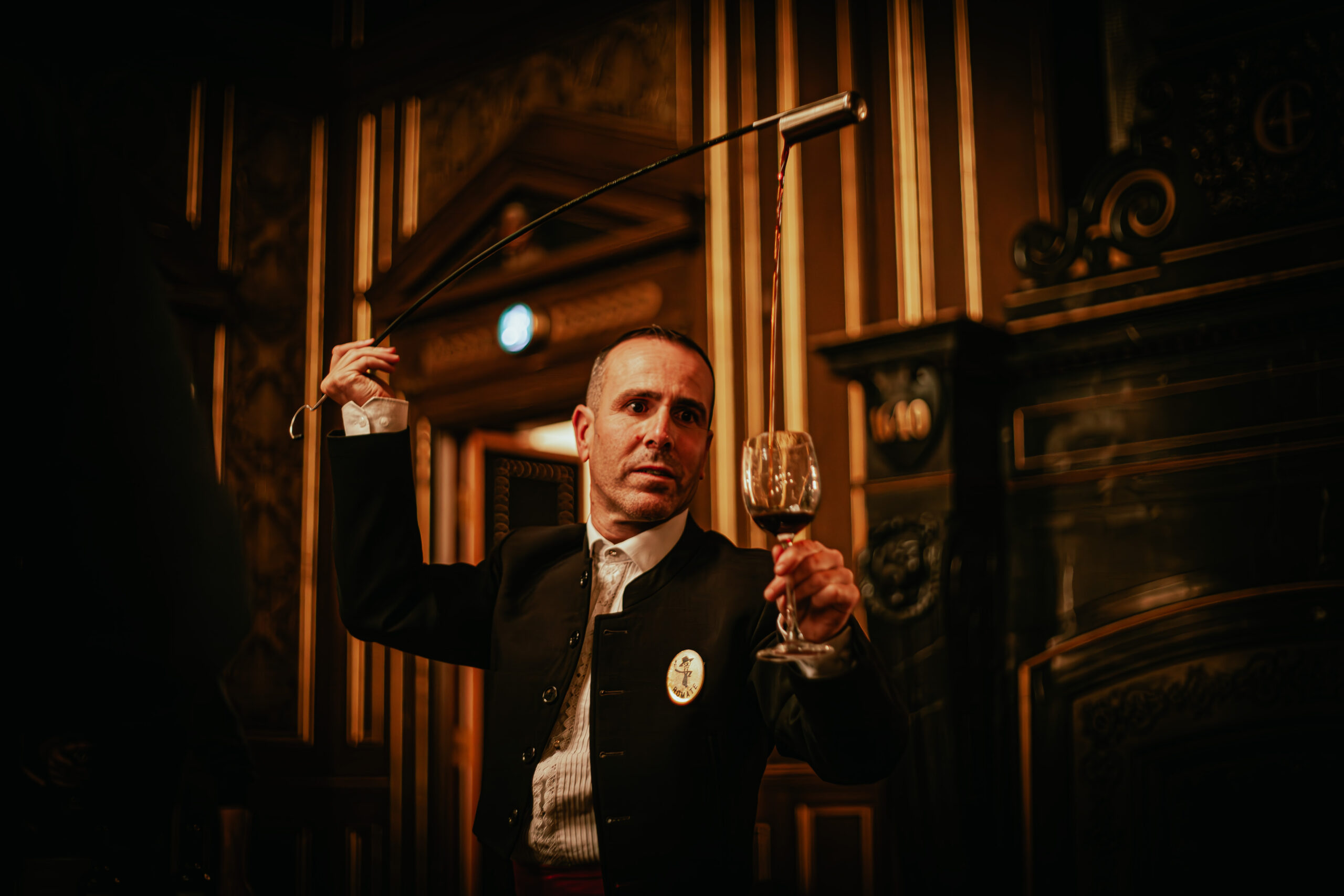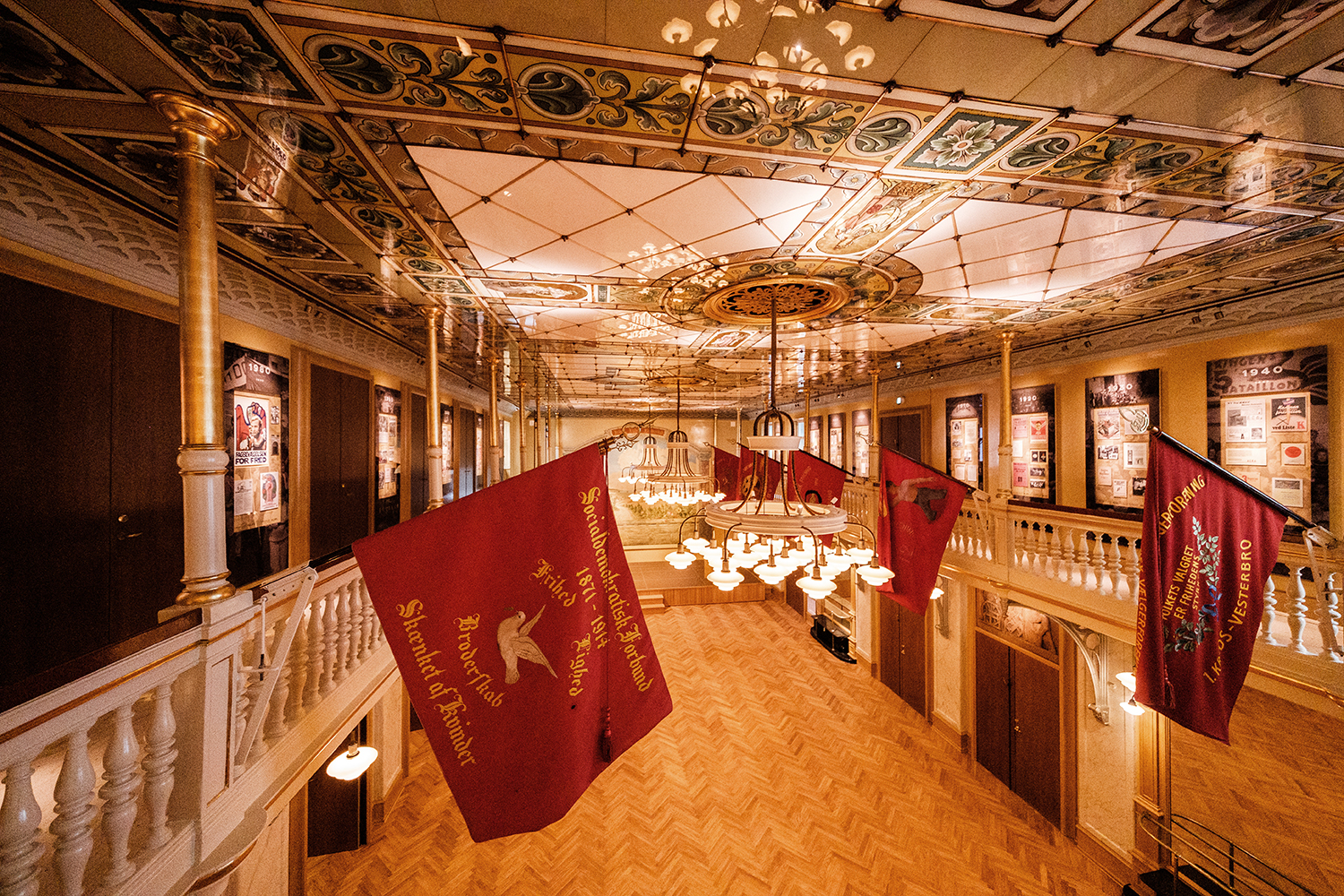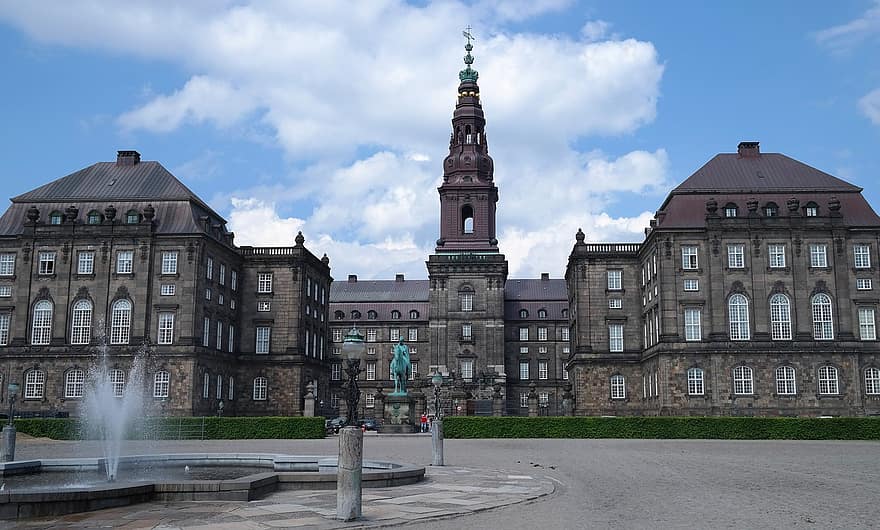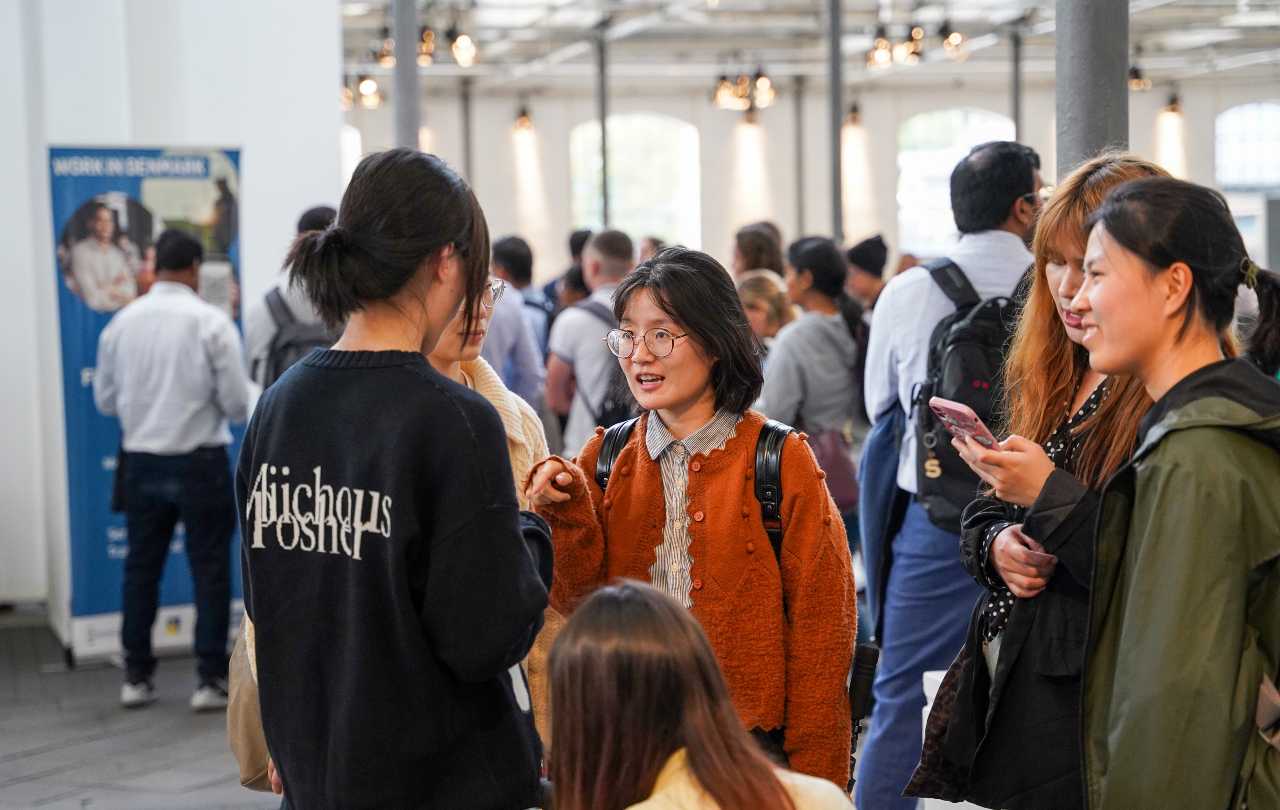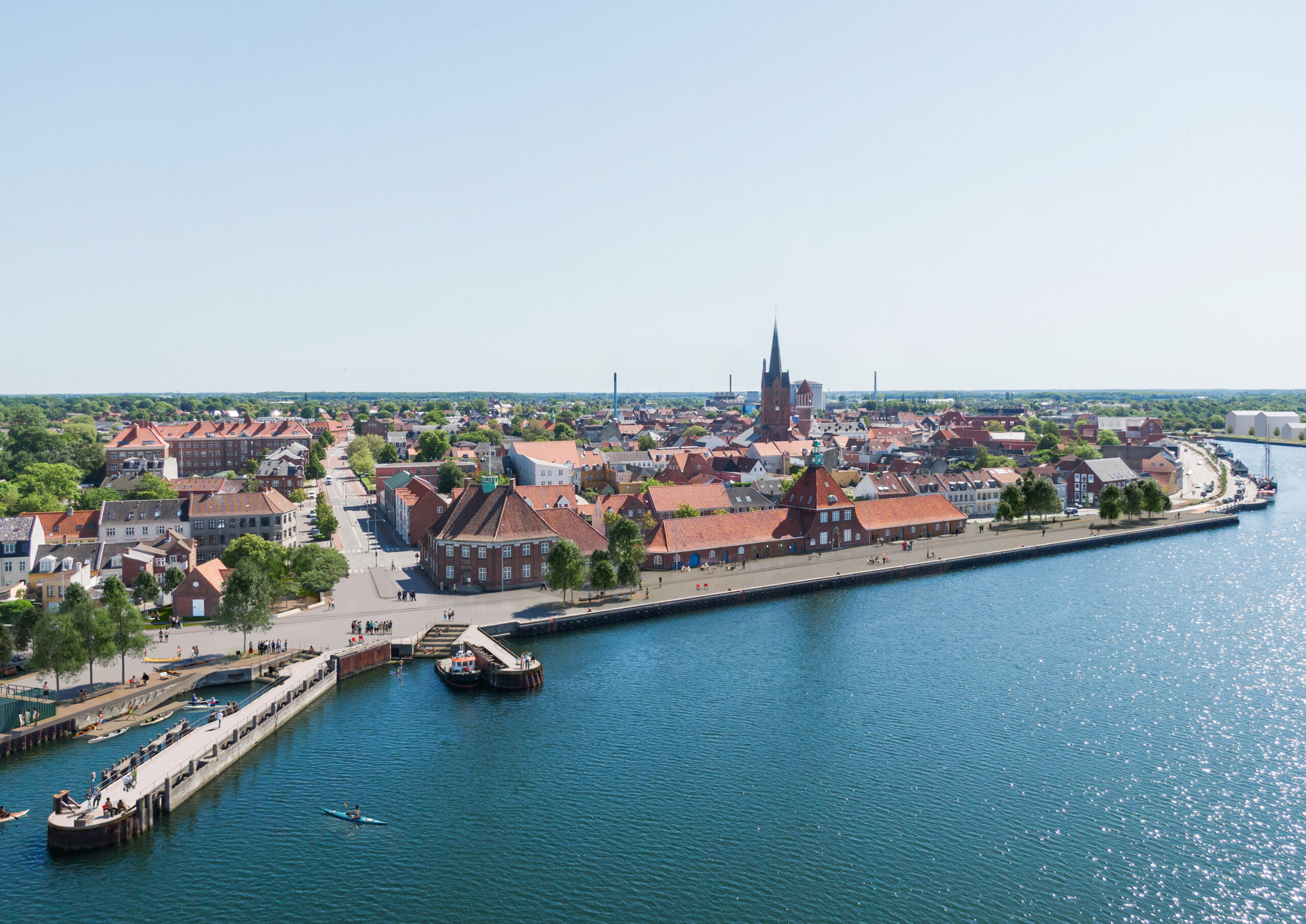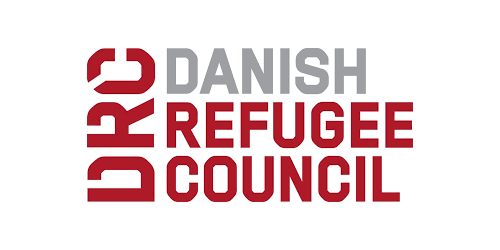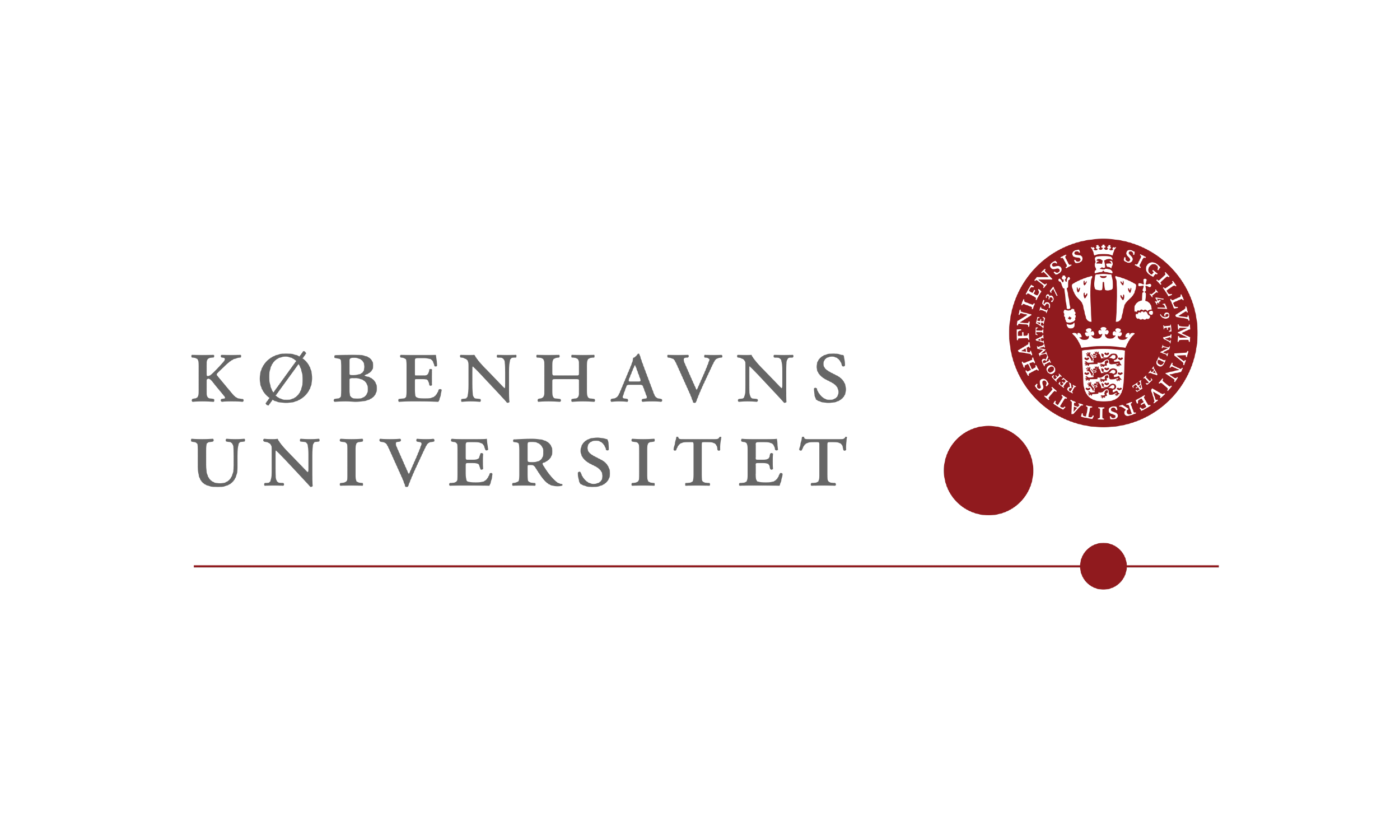As the largest and most influential fashion trade fair in Scandinavia, biannual Copenhagen Fashion Week is about more than just Danish fashion. With some 2,400 brands from a wide range of countries represented at the fair, buyers, journalists and other industry professionals are in attendance to see what the land that brought us big names like Stine Goya, Henrik Vibskov and Bruuns Bazaar will unveil next.
To illustrate its international outlook, the trade week’s paper, the CIFF Gazette – published exclusively during fashion week – features regular editorials by Jessica Michault, an influential US luxury style expert now based in Paris, where she has pioneered the live online streaming of fashion runways as editor-in-chief of NowFashion.com.
Little Scandinavia, a Norwegian mother and fashionista blogger living in London, notes the locations of the shows as part of Copenhagen Fashion Week’s unique attraction: “Not only is Copenhagen attractive as a fashion and design capital, but a few of the shows are also located in stunning nostalgic surroundings, like VISION in the old train garage.”
While Scandinavian womenswear is characterised by muted tones, swathes of wrapped material and an innate talent to mix traditional knitwear with avant-garde, minimalist design, one of the highlights for many is CPH Kids, the leading fashion fair for children’s clothes and accessories in northern Europe.
Denmark has long held a reputation for bringing fashion and branding to children with clothes that are as high-quality as they are unique and playful; or as the fair’s founder, Lone Holm puts it, “[we are] ambassadors for a good, healthy, sustainable and creative childhood.”
The MUUSE x VOGUE Talents Young Vision Award is another important internationally orientated platform, underscoring that Copenhagen Fashion Week is as much about promoting emerging talent as it is a get-together for the already successful Danish designers. Copenhagen-based Muuse invests in 100 emerging designers – looking outside the country as well as here at home – in collaboration with Vogue Talents.
Urban blogger Carrie Powers writes from across the Atlantic, “what Denmark’s stunning capital lacks in big-name brands, it more than makes up for in sheer originality … despite their fame, fortune and corporate ferocity, the couture giants we all know and lust after pale in comparison to the strikingly unique designers who will be showcasing their work in Copenhagen.” She lists Greenland’s designer Bibi Chemnitz, Norwegian/Danish designer Beate Godager and Denmark’s Anne Sofie Madsen as some names to watch out for.
Madsen, who trained under John Galliano for Dior in Paris before working as junior designer for Alexandre McQueen – not bad considering she only graduated from the Royal Danish Academy in 2009 – has been described as “one to watch” by Vogue Magazine, which described her style as “absolutely futuristic”, though obtained through handcrafted methods and haute couture techniques. Past collections have seen mechanical ballerinas, graceful samurais and even Sedna, the half-skeletal goddess of the Inuit underworld.
Niall Billings of the UK’s fashionising.com bemoans the fact that Copenhagen Fashion Week is so often overlooked internationally as “it features some of the most wearable couture pieces that exist in the industry, making it easier for you to bring designer style into your everyday wardrobe”. He listed Barbara i Gongini and Johanna Pihl among the highlights of the summer 2012 show.
Gongini’s designs are avant-garde and disturbing, beautiful and fantastic. It’s not what you would expect from a designer who uses primarily organically sourced fabric, fair trade conditions and for whom on-going environmental concerns are crucial to her vision. But perhaps that is the draw of Copenhagen design, where the experimental can also be healthy, green and sustainable.
Or, as Lucy Williams of innovative fashion consultants Blink London describes Copenhagen’s street style: “Glowing, scrubbed cheeks rather than knee deep in make up – and doesn’t everyone just look so damned healthy!”
This article was included as part of our Copenhagen "Fashion" Post style section in our Feb 1, 2013 issue


